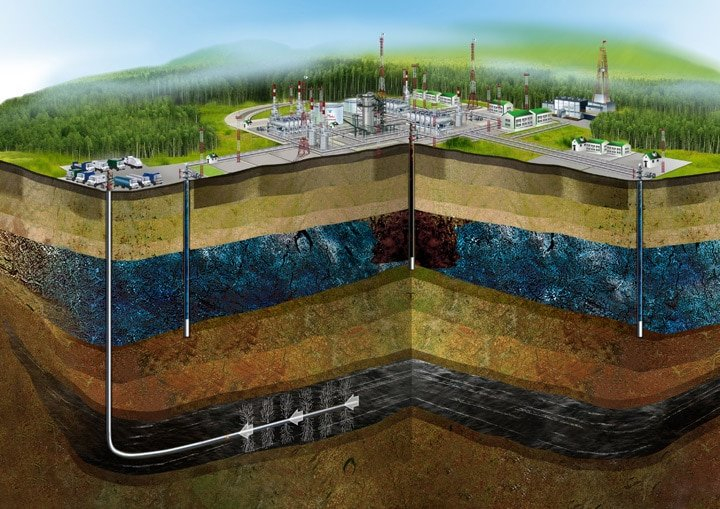In traditional monitoring, local systems are created in which measurements are made using satellite navigation systems. They consist of observation points in an area where deformations are possible, and anchor points that are located behind it, but in the immediate vicinity. This approach works effectively when the fields are far apart and the control points can be set in place without deformation. But often the deposits can be large, and located close to each other, or even overlap the "neighboring" zone.
According to scientists, in this case, it is difficult to determine the location for the placement of support points: the areas of deformation of the earth are nearby or intersect. For example, this problem is relevant for the Yamalo-Nenets Autonomous Okrug, where there are large gas fields. In this case, classical monitoring methods do not allow achieving the required accuracy.
Scientists of the Perm Tech suggested using the points of the IGS network (International GNSS Service) as a starting points. They are located all over the world, and their coordinates are determined with high precision. But now in Russia these points are few, and the distance between them is hundreds of kilometers. To "clarify" the readings of the instruments, the scientists assessed the influence of external factors on the observations. According to the researchers, there are no global analogues that predict earth deformations using IGS network points.
Now there is an active development of hydrocarbon resources of the Far North. With an increase in the number of fields, it will become more difficult to use classical monitoring systems. In this case, it is cost efficient to use IGS points.
Scientists have managed to "separate" the external factors that affect satellite systems from the reasons associated with the development of fields. They found that the position of satellite systems is more influenced by solid-state ebbs and flows. This indicator depends on the moisture content of the soil in the area where the IGS stations are located and the monitoring area itself. To a lesser extent, temperature affects the location and the antenna mount design. Taking into account the influence of external factors, the method made it possible to increase the accuracy of readings up to 3 times.
Scientists' technology has already been applied at the regional geodynamic test site of PJSC "Surgutneftegas", at the oil and gas condensate field named after Yuri Korchagin and at the Prirazlomnoye oil field (Arctic shelf of Russia). Now it is being implemented at the fields of the LUKOIL-Western Siberia company. The method can also be used to monitor offshore oil platforms.


